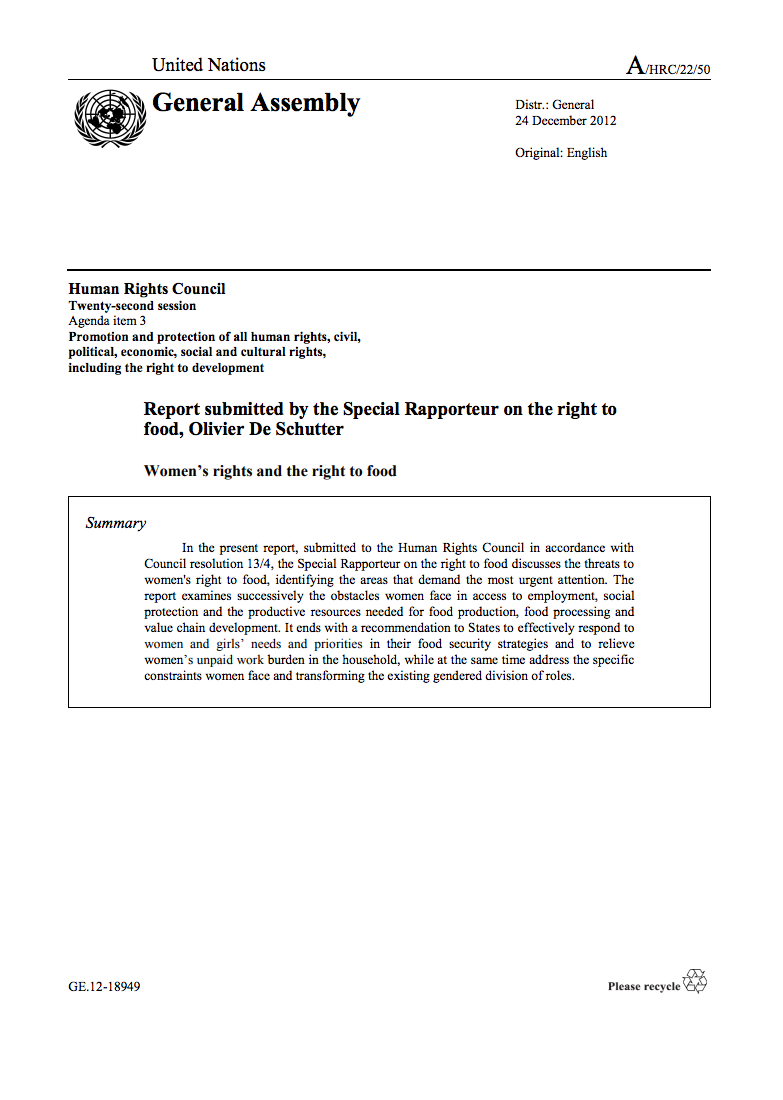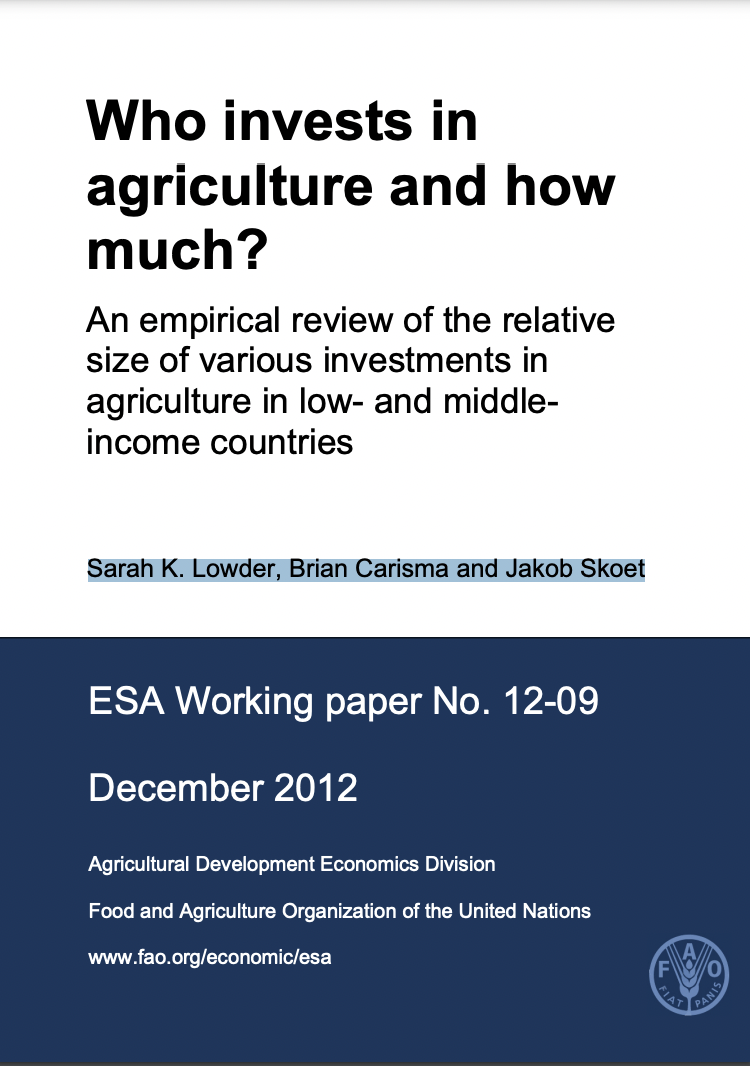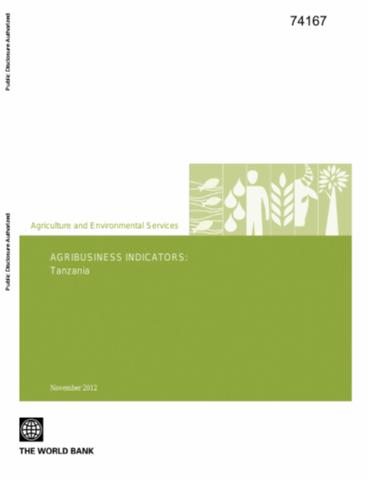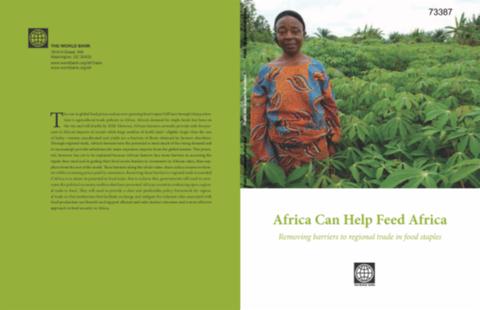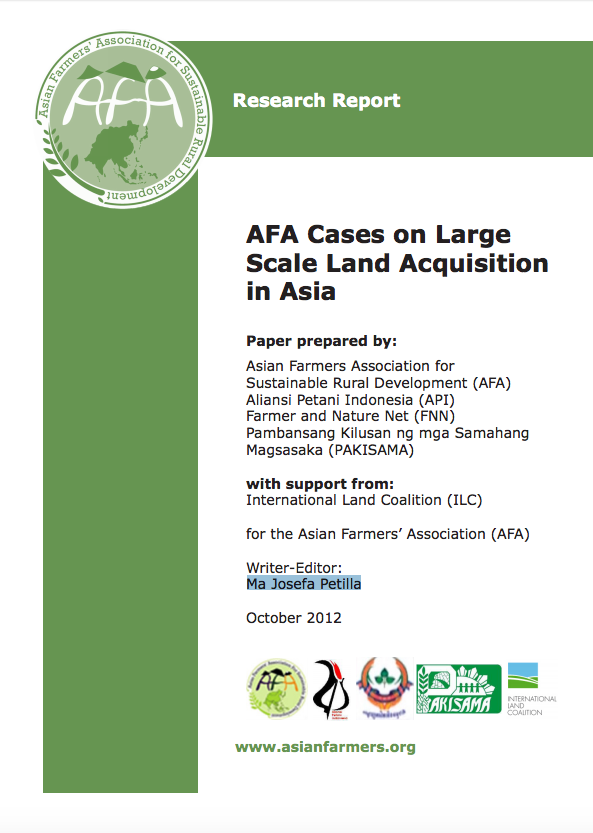Saffron Heritage Site of Kashmir in India. GIAHS Saffron Site Report (part- 1)
One of the legacies of saffron farming practice for centuries in and around the Pampore Karewas of Kashmir in India is that this ancient farming system continues to inspire family farmers and local communities through their livelihood security that it provides for more than 17,000 farm families. Kashmiri village women contribute to this agriculture heritage site through traditional tilling to flower picking over 3,200 hectares dedicated to the legendary saffron crop cultivation at Pampore.

